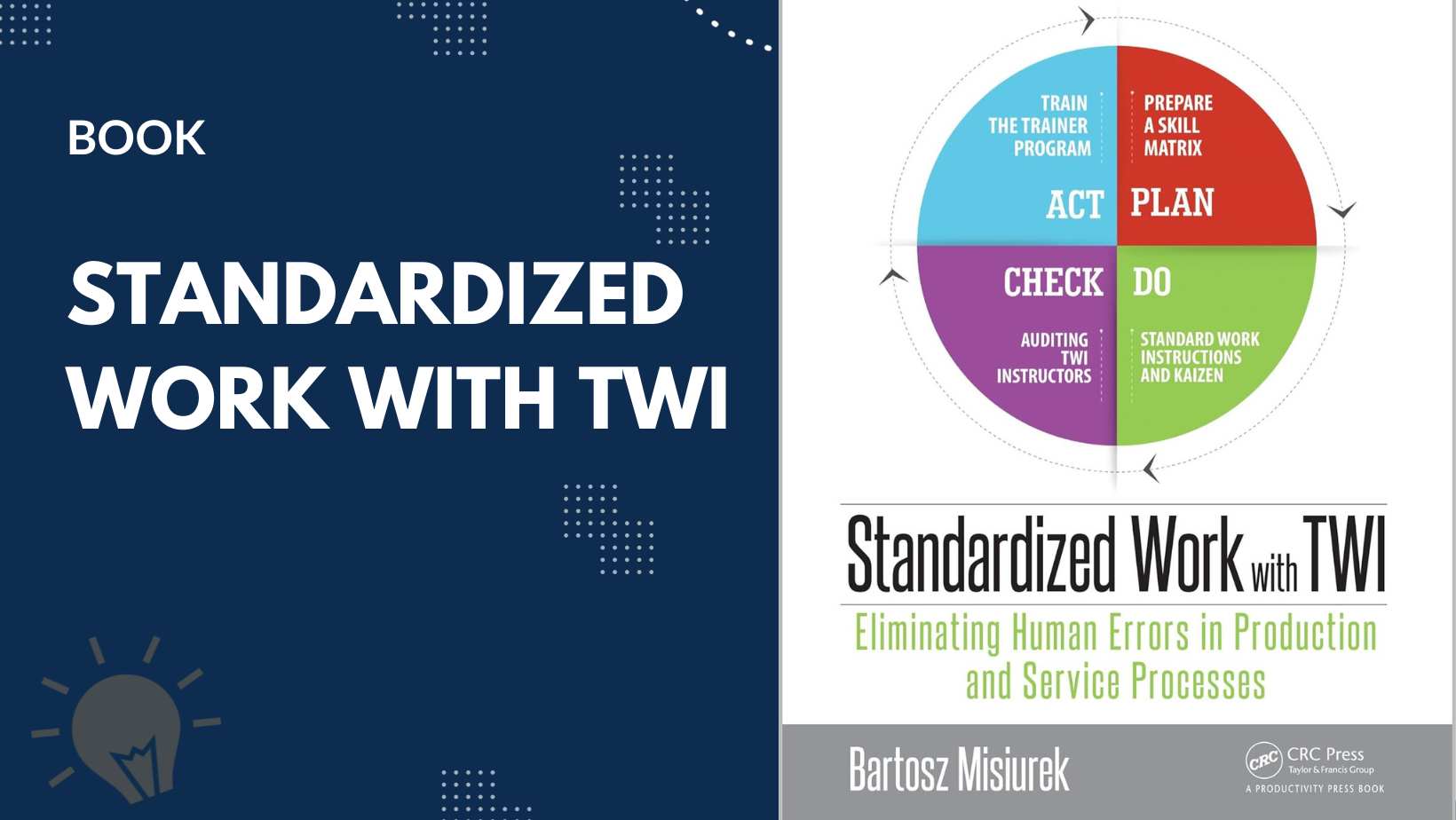Table of Contents
ToggleDMAIC in Six Sigma
Six Sigma is a well-known methodology widely used in various industries to improve business processes, reduce defects, and increase customer satisfaction. At the core of Six Sigma lies the DMAIC methodology, which stands for Define, Measure, Analyze, Improve, and Control. DMAIC provides a structured approach to problem-solving and continuous improvement, allowing organizations to identify and eliminate inefficiencies in their processes. In this article, we will delve into the comprehensive analysis of DMAIC, exploring each step in detail, discussing its advantages and limitations, comparing it to another Six Sigma methodology, and providing real-world examples of successful applications.
Defining DMAIC: Breaking Down the Stages of the Methodology
DMAIC is a step-by-step methodology that guides organizations through the process of improving existing processes. Each stage is strategically designed to address a specific aspect of the improvement process. The Define stage focuses on understanding the purpose and scope of the project, while the Measure stage involves collecting data to analyze the current performance. In the Analyze stage, the root causes of inefficiencies are identified, and data patterns are analyzed. The Improve stage is dedicated to implementing solutions to enhance performance, and the Control stage ensures that improvements are sustained over time.
Step 1: Define: Unveiling the Purpose and Scope of the Project
The first step in the DMAIC methodology is the Define stage, which sets the foundation for the entire improvement process. During this stage, the project’s purpose and scope are clearly defined, ensuring that everyone involved has a shared understanding of the problem at hand. The Define stage involves identifying the project’s goals, objectives, and deliverables, as well as defining the key metrics that will be used to measure success. Additionally, this stage includes creating a project charter, which serves as a roadmap for the improvement journey, outlining the roles and responsibilities of team members and stakeholders.
Step 2: Measure: Collecting Data to Analyze the Current Performance
The Measure stage of DMAIC revolves around collecting and analyzing data to gain insights into the current performance of the process being studied. This stage is crucial as it provides a baseline for future improvement efforts. Data is collected through various methods, such as surveys, interviews, and process observations. Once the data is collected, it is analyzed to identify trends, patterns, and areas of improvement. Statistical tools and techniques are often employed to ensure the accuracy and reliability of the analysis. The Measure stage provides valuable information that will guide the subsequent steps of the DMAIC methodology.
Step 3: Analyze: Identifying Root Causes and Analyzing Data Patterns
The Analyze stage is where the root causes of inefficiencies and defects are identified and analyzed. This stage involves a thorough examination of the data collected in the Measure stage to understand the underlying factors contributing to process variations and defects. Various techniques, such as root cause analysis and cause-and-effect diagrams, are utilized to identify the primary causes of problems. Once the root causes are identified, they are prioritized based on their impact on the process. The Analyze stage provides a deep understanding of the problem, allowing organizations to develop targeted solutions in the subsequent stages.
Step 4: Improve: Implementing Solutions to Enhance Performance
The Improve stage of DMAIC is dedicated to implementing solutions to enhance the performance of the process under study. During this stage, potential solutions are generated and evaluated based on their feasibility and potential impact. Once a solution is selected, it is implemented on a small scale to test its effectiveness. This stage may involve process redesign, reengineering, or the introduction of new technologies. It is essential to closely monitor the implementation process to ensure that the desired improvements are achieved. The Improve stage is a critical phase in the DMAIC methodology as it represents the bridge between analysis and action.
Step 5: Control: Sustaining Improvements and Monitoring Processes
The Control stage of DMAIC focuses on sustaining the improvements achieved through the previous stages and ensuring that the process remains in control. This stage involves developing control plans and implementing monitoring systems to track the performance of the improved process. Key performance indicators are established to measure the effectiveness and stability of the process. In addition, ongoing training and communication strategies are implemented to ensure that employees are aware of the changes and actively participate in maintaining the improvements. The Control stage is vital for long-term success and continuous improvement.
Advantages of DMAIC: Benefits of Implementing the Methodology
Implementing the DMAIC methodology offers several advantages to organizations. Firstly, DMAIC provides a structured and systematic approach to problem-solving, ensuring that improvement efforts are well-defined and focused. This methodology emphasizes data-driven decision-making, enabling organizations to make informed choices based on objective evidence. DMAIC also encourages collaboration and teamwork, as it involves the active participation of team members from various departments and levels of the organization. Furthermore, DMAIC promotes a culture of continuous improvement, as it provides a framework for ongoing monitoring and evaluation of processes.
Limitations of DMAIC: Potential Challenges and Drawbacks
While DMAIC offers numerous benefits, it is essential to acknowledge its limitations. One potential challenge is the time and resources required to complete each stage of DMAIC thoroughly. The comprehensive analysis and data collection involved in each step can be time-consuming and may require dedicated personnel and tools. Additionally, DMAIC relies heavily on the availability and quality of data, which may pose a challenge for organizations with limited data collection capabilities. Finally, DMAIC may face resistance from employees who are resistant to change or unfamiliar with the Six Sigma methodology, requiring effective change management strategies to overcome these barriers.
DMAIC vs. DMADV: Contrasting Two Six Sigma Methodologies
In addition to the DMAIC methodology, another widely used Six Sigma methodology is DMADV, which stands for Define, Measure, Analyze, Design, and Verify. While both methodologies share similarities, they are applied in different contexts. DMAIC is used for improving existing processes, while DMADV is focused on designing new processes that meet customer requirements. DMAIC is primarily used when the problem is known, and the goal is to eliminate defects or inefficiencies. Contrastingly, DMADV is utilized when the problem is not well-defined, and the goal is to design and implement a new process that satisfies customer needs.
Successful Applications: Real-World Examples of DMAIC in Action
DMAIC has been successfully implemented in various industries, showcasing its effectiveness in driving process improvements. For instance, a manufacturing company used DMAIC to reduce defects in its production line, resulting in significant cost savings and increased customer satisfaction. In the healthcare sector, DMAIC was employed to streamline patient discharge processes, leading to reduced waiting times and improved patient outcomes. Additionally, a financial institution utilized DMAIC to optimize its loan approval process, resulting in faster loan processing times and reduced errors. These examples highlight the versatility of DMAIC and its potential for driving positive change in diverse organizational settings.
Conclusion: Leveraging DMAIC for Ongoing Process Improvement
The DMAIC methodology in Six Sigma provides organizations with a structured and systematic approach to problem-solving and continuous improvement. By following the defined steps of Define, Measure, Analyze, Improve, and Control, organizations can identify inefficiencies, eliminate defects, and enhance their processes. DMAIC offers numerous benefits, including a focus on data-driven decision-making, collaboration, and a culture of continuous improvement. However, it is essential to be aware of the potential challenges and limitations of DMAIC, such as the time and resource requirements and the need for high-quality data. Overall, DMAIC is a valuable tool for organizations seeking ongoing process improvement and increased operational efficiency.









